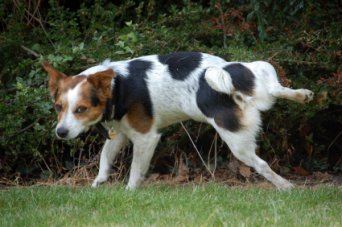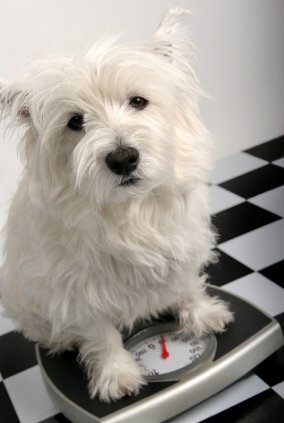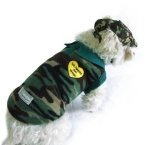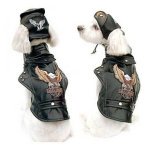Canine diabetes symptoms
"Diabetic dogs"

Canine diabetes is more common in some breeds than others. All breeds can be affected but German Shepherds, Retrievers, Keeshonden and Poodles are the breeds with the highest incidence of diabetes.
Canine diabetes treatment
Diabetes (sometimes called sugar diabetes) in dogs is pretty much the same as human diabetes. The main difference between human diabetes and canine diabetes is the humans have an oral medication but so far they don’t work on the dogs. Dogs must depend on insulin shots.
Naturally the dog will need your help in surviving with such a disease. And this will be a very huge commitment for you.
There are two types of diabetes:
Type 1: This type is caused by insufficient production of a hormone know as insulin.
Type 2: This type diabetes is because their body inadequately responds to the insulin they produce.

Symptoms canine diabetes
If you notice your dog urinates more than usual this is one of the first signs of diabetes. Of course because of the frequent urination he will also be drinking more. His behavior may also be different, a bit off, not as energetic or interested is life as usual.
Weight loss is another sign to watch for. This is especially true if your dog has maintained his appetite or it may have even increased, but is still losing weight. You will want to take him to the vet to have him checked out.
Dog diabetes treatment
Daily injections of insulin will be required to keep the diabetes under control.
Each dog’s insulin requirements will be different because of the degree of his or her pancreatic failure. So they will be put on insulin watched, tested and retested to check blood glucose.
The vet will determine the amount of insulin required from the results of these test. It may take a week or so to find the proper dosage.
This will also require a large commitment from you. You will have to test and monitor their sugar daily and often a few times a day.
There will be shots to be given and a specific diet to follow. Preparation of the shots, care and storage of the insulin will be up to you. Your veterinarian will explain how to do all this.
Canine diabetes diet
Once the dog is regulated on the insulin he will be sent home with specific feeding instructions. Obesity makes diabetes hard to control because it reduces tissue responsiveness to the insulin. Feeding instructions will also be given to you as to how much and how often to feed. Weight loss should be carefully monitored and accomplished over a long period of time.
When the diet is established you will want to break it up into several meals per day. It is important to keep the calories constant from day to day. Giving smaller meals throughout the day helps to prevent severe hyperglycemia after eating. It is best to divide the daily ration into two or three equal parts for the day.
Diabetes can be deadly if not attended to. A dog can go blind, develop kidney problems to mention just a few. So be aware of the symptoms and take you pet to the vet if you notice any of them.
It is a lot of work and commitment for the owner. So you must be prepared and well educated if your pet has diabetes.
If you still have concerns you may want to go to the following page and ask a vet what they think.
Ask A Veterinarian
Canine Kids Home
Canine Diabetes to Canine Health Info


















